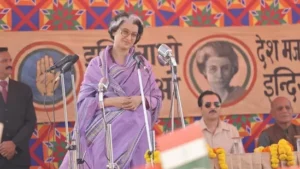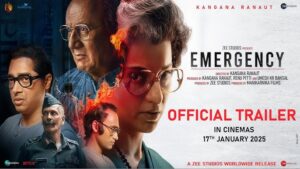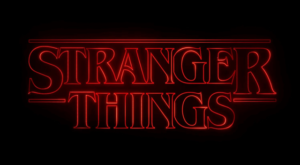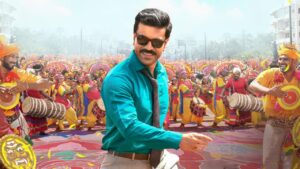Context
The Emergency movie is based on the 1975-77 emergency period in India, when then PM Smt. Indira Gandhi imposed emergency (highly criticized and is seen as a cold blooded murder of democracy because fundamental rights were suspended, opposition was in jail, controversial constitutional amendments) after facing several setbacks particularly after Allahabad High Court Charged her for electoral malpractices and her party was also loosing support.
Table of Contents
What this is about?
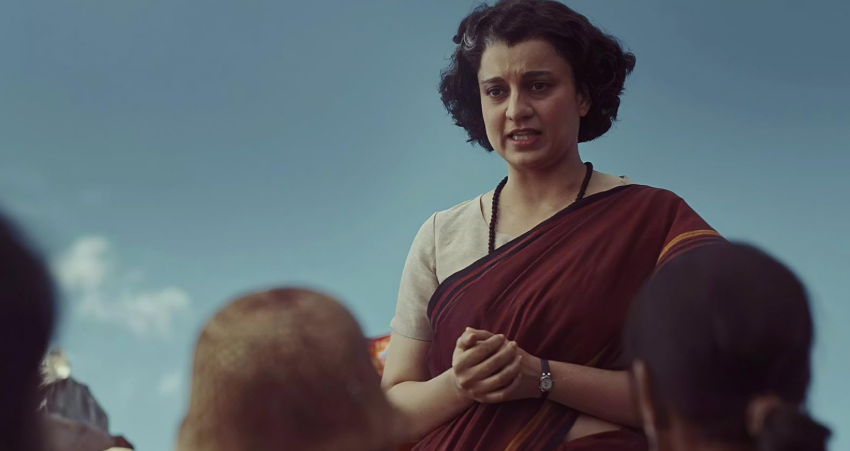
The prime actress, co producer, director, marketer is Kangana Ranaut whose political opinion often align with right-wing ideologies. That’s why it is normal for the question of propaganda to be raised.
Let’s break it down.
Dramatization and selective focus

Dramatization and selective focus in film refer to how events and characters are portrayed and emphasized for storytelling purposes, sometimes at the cost of historical accuracy.
Dramatization:
Exaggeration of Events:
- Dramatization involves amplifying certain events or moments to heighten emotional impact or create tension. For example, scenes related to political arrests, protests, or decisions made by Indira Gandhi might be intensified for cinematic effect, making them appear more dramatic than they were in reality.
- The emergency period itself was a tense time, and the film may exaggerate the stakes or the personal struggles of the characters involved to increase the movie’s emotional engagement with the audience.
Characterization of Key Figures:
- The portrayal of Indira Gandhi may be a key example of dramatic interpretation. If the film leans into her controversial decision-making, it could emphasize her authoritarian side and moments of moral ambiguity to create a more dramatic portrayal of her role in the Emergency.
- On the flip side, opposition figures might also be exaggerated—either as heroes standing up against tyranny or as completely villainous individuals, depending on how the filmmakers choose to frame them.
Fictional Elements:
- In order to make the story more engaging, the film might introduce fictional subplots or characters that didn’t exist in reality but serve to highlight certain aspects of the emergency period. These fabricated elements can add emotional weight or drama, even if they don’t align with historical facts.
Selective Focus:
Highlighting Specific Events:
- The film may focus on certain key events that defined the emergency, such as Indira Gandhi’s decision to declare the Emergency, the arrest of political leaders, or the forced sterilization campaigns. These may be emphasized to create a specific narrative or draw attention to certain aspects of the period.
- Alternatively, the film might downplay or omit certain events that could complicate its message or contradict its chosen interpretation of history. For instance, the economic policies of the emergency or the actions of opposition leaders might be either neglected or minimized to keep the focus on specific aspects of the government’s actions.
Framing of Historical Context:
- The way the film frames the larger context of the Indian political situation during the Emergency will influence how it is interpreted. If the filmmakers choose to focus on the corruption and unrest leading up to the Emergency, it could offer a justification for the measures taken by the government. On the other hand, if the film frames the emergency purely as an act of political oppression, it might ignore the context of political instability at the time.
Focus on Personal Stories:
- By focusing on the personal experiences of certain individuals (whether they are real or fictional characters), the film can shape the audience’s perception of the broader political event. For example, the story might follow a personal struggle under the emergency, emphasizing individual loss or sacrifice, which could overshadow the larger political dynamics at play.
Effect of Dramatization and Selective Focus on Propaganda:
- If the film’s dramatization and selective focus highlight only certain perspectives or emphasize emotional, one-sided portrayals, it could be seen as trying to push a particular political agenda or shape the public’s understanding of the Emergency in a certain way.
- For example, if the movie portrays the opposition to Indira Gandhi’s government as completely justified and her actions as purely tyrannical, it may appeal to audiences with certain political leanings but also risk oversimplifying or misrepresenting the complexity of the historical situation.
Narrative Framing:

Narrative framing in film refers to the way a story is structured and presented to the audience, which significantly influences how the viewer perceives the characters, events, and themes of the film.
Point of View (POV):
- The point of view in which the story is told plays a major role in shaping the audience’s interpretation. If the film is framed from the perspective of a character who supports Indira Gandhi’s decision to impose the Emergency, the audience may be led to sympathize with her actions or understand them in a more justifiable light.
- Conversely, if the story follows the perspective of opposition leaders or activists, the Emergency may be framed as an authoritarian crackdown on democracy, focusing on the victims of repression and making Gandhi’s actions appear more tyrannical.
Framing the Hero vs. Villain Narrative:
- The way the film presents Indira Gandhi could determine whether she is framed as a tragic hero, a visionary leader, or a villain. A film could emphasize her struggles with power and the pressures she faced in a politically unstable period, which could humanize her character, or it might focus more on the controversial aspects of her decision-making, portraying her as an oppressive force.
- Similarly, opposition leaders (like Jayaprakash Narayan or Morarji Desai) could be framed as heroes fighting for democracy or portrayed as political opportunists, depending on the film’s agenda.
Framing the Historical Context:
- The film could frame the broader historical context in a way that either justifies or condemns the Emergency. For instance, if the movie emphasizes the social unrest, economic instability, and the political challenges that led to the Emergency, it might create a narrative where the imposition of Emergency seems necessary or at least understandable from the government’s perspective.
- On the other hand, if the narrative is framed to focus on the repression of civil liberties, the disregard for democratic processes, and the suffering of ordinary citizens, the film may cast the Emergency in a more negative light.
Framing as a Personal or Political Drama:
- The film could either emphasize the personal drama of the key players (such as a portrayal of Indira Gandhi’s internal struggles or her relationship with her son, Sanjay Gandhi) or frame the narrative more as a political thriller. Personalizing the story might create empathy for the characters, while a purely political focus could lead to a more critical portrayal of the events.
Temporal Framing:
- If the film begins with a dramatic portrayal of the events leading up to the Emergency, followed by a retrospective analysis, it may influence how the audience perceives the consequences. The framing of the timeline — focusing on either immediate action or long-term outcomes — can shape the narrative to present the Emergency as an immediate necessity or a misguided decision.
- Flashbacks or post-Emergency reflections could allow the filmmakers to introduce commentary on how history has judged the event, potentially framing the film as a critique or re-examination of the period.
Framing Through a Political Lens:
- Given that Kangana Ranaut, the director and lead actress, is known for her political views, the film may reflect her interpretation of the Emergency. If the narrative framing aligns with her political beliefs, it might favor a particular ideological stance — whether that be support for authoritarian leadership or a critique of democracy under siege.
- The film might also selectively highlight the ideological battles of the time, either by presenting the left-wing opposition or the ruling party’s response as more central to the story, depending on the political message the filmmakers wish to convey.
Potential for Propaganda through Narrative Framing:
- If the filmmakers use narrative framing to selectively portray events and characters in a one-sided manner, the film could be seen as propaganda. For example:
- If the Indian Emergency is framed as a necessary evil to combat political instability, it could justify authoritarian measures in the name of national security.
- If the film depicts the opposition as completely righteous and the government as entirely oppressive, it may be seen as simplified or distorted in favor of a particular political viewpoint.
- The choice of narrative focus, such as whether the political consequences or the human cost of the Emergency is emphasized, can significantly influence whether the film is viewed as presenting an objective retelling of history or as promoting a specific political agenda.
Final Verdict:

Propaganda
Based on the reviews from prominent sources like Times of India, NDTV, and Indian Express, it’s clear that Emergency (2025) is more likely to be perceived as propaganda rather than a historically accurate portrayal of the Indian Emergency (1975–77).
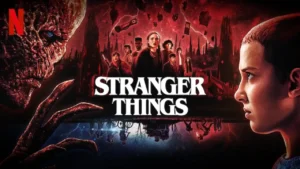
Stranger Things Season 5 release date, cast, episode titles, and everything else we know so far
